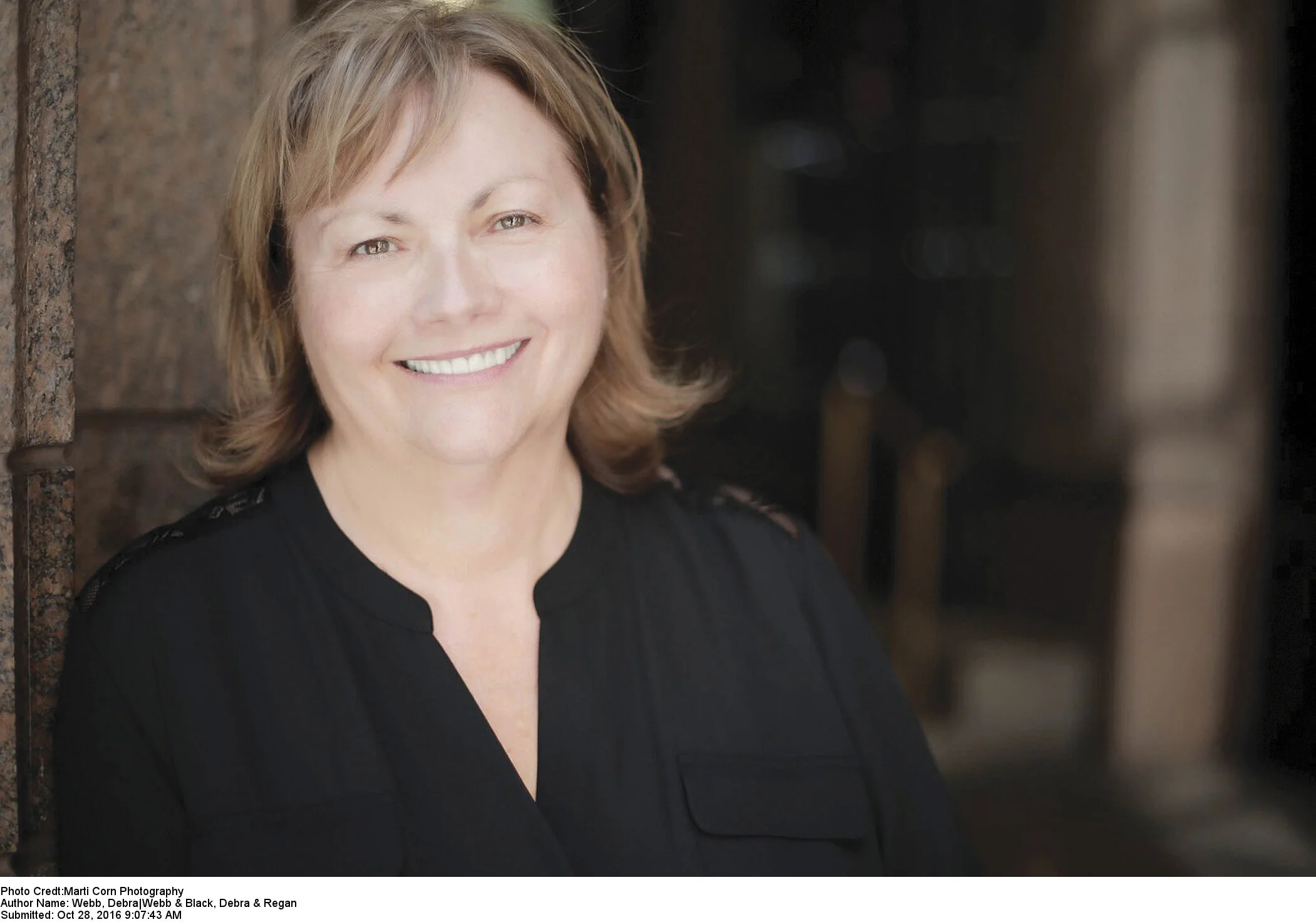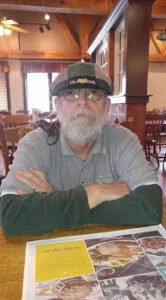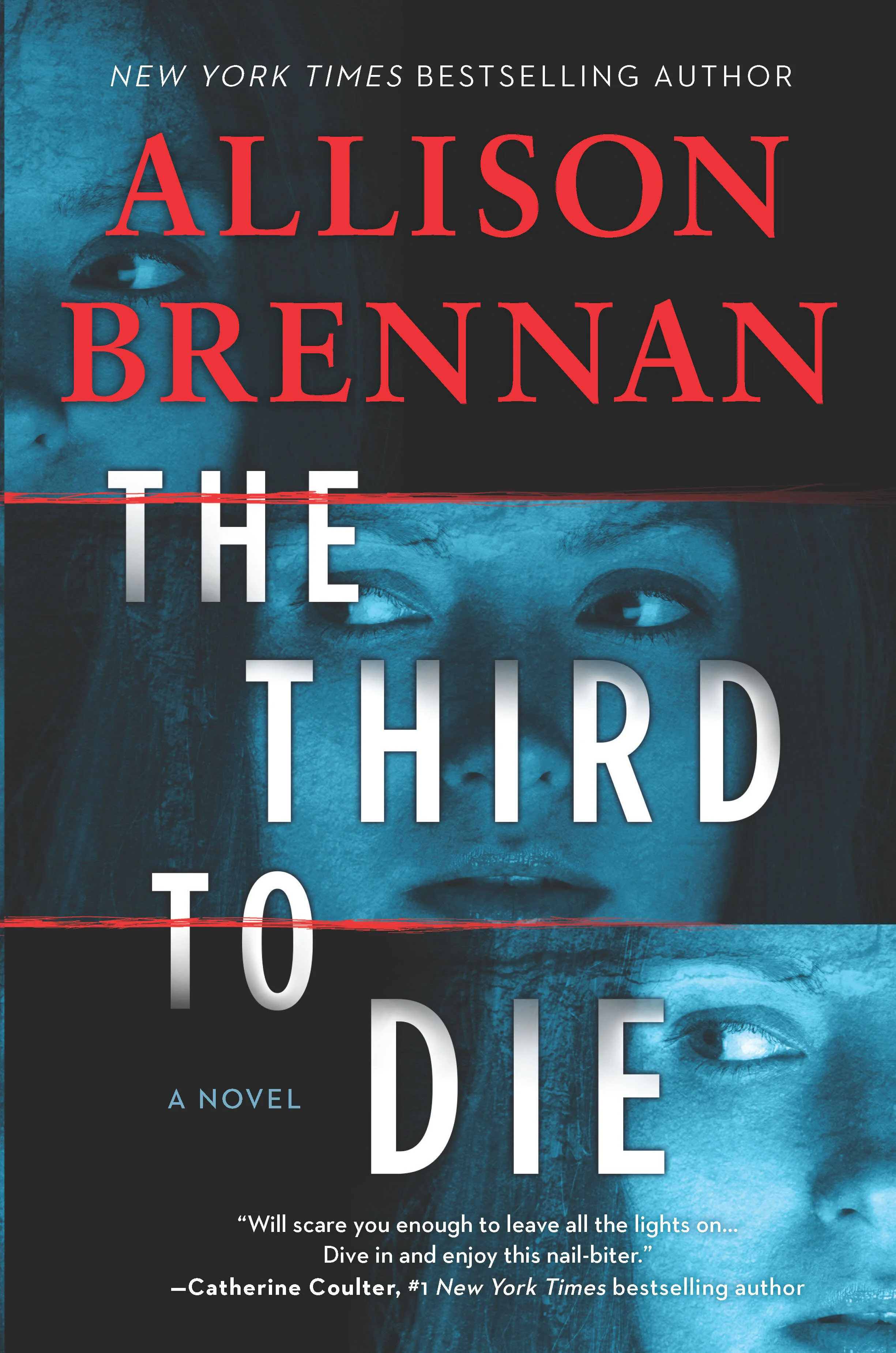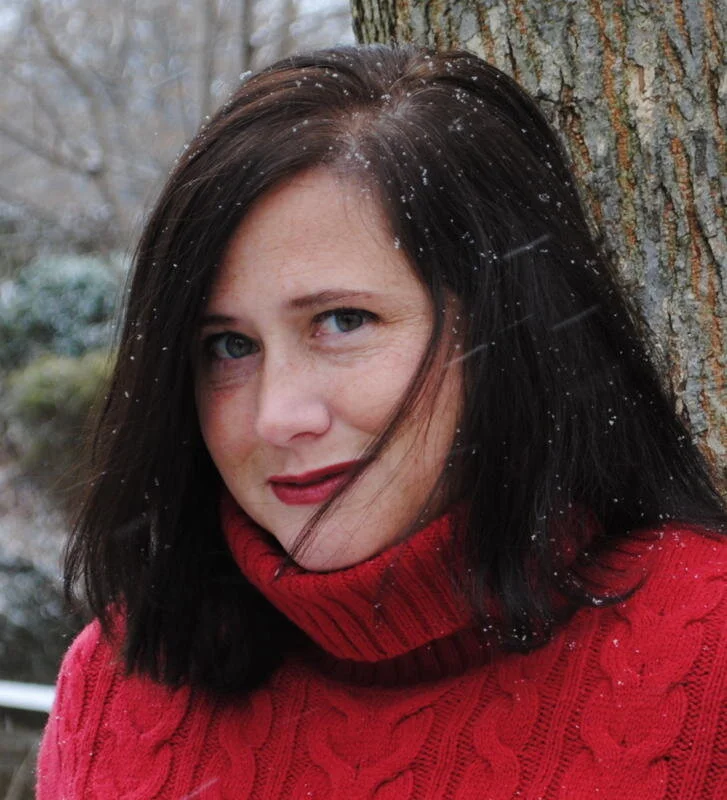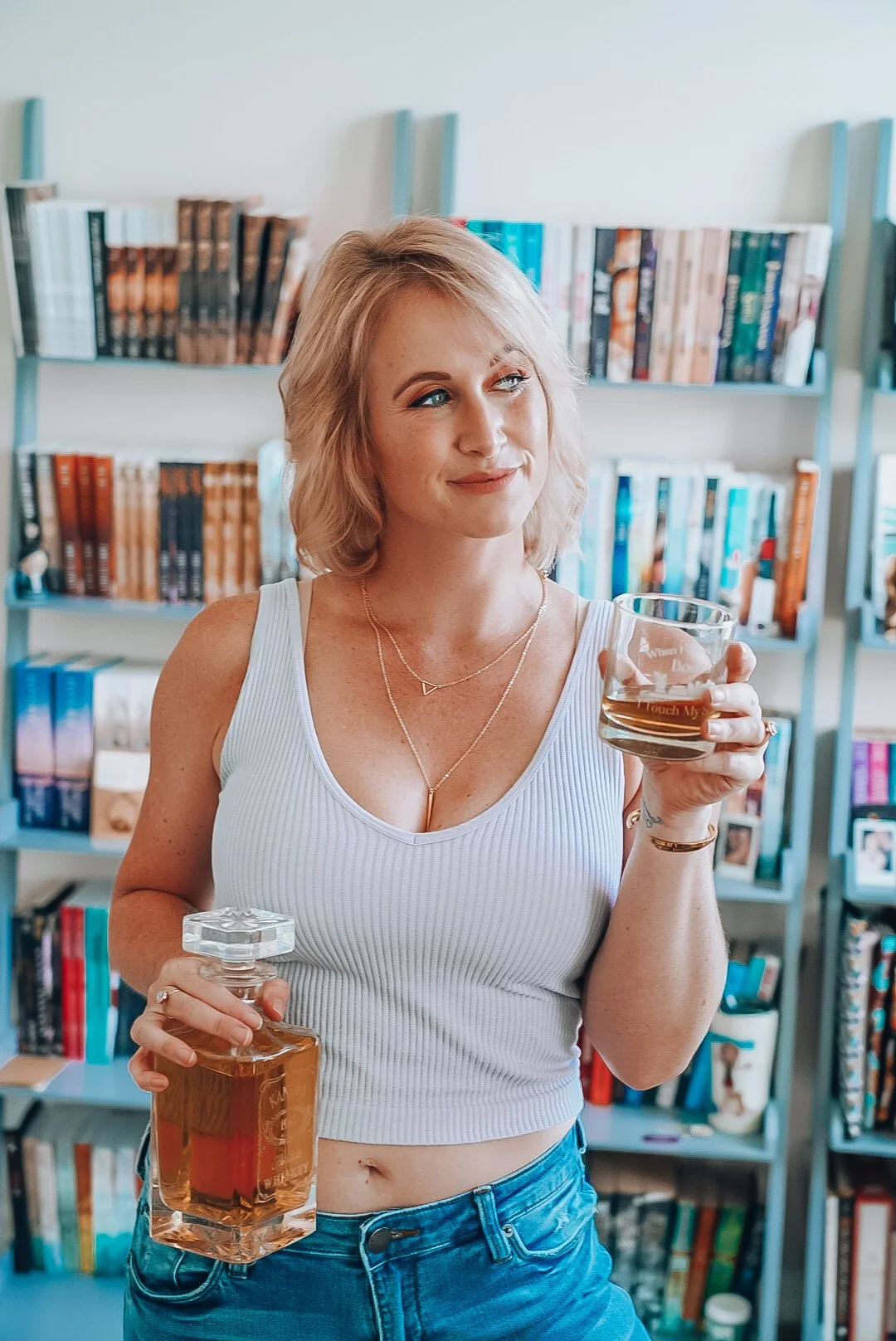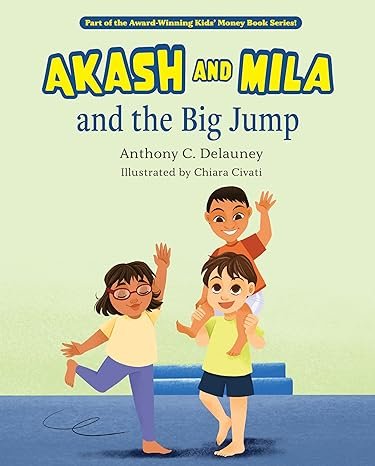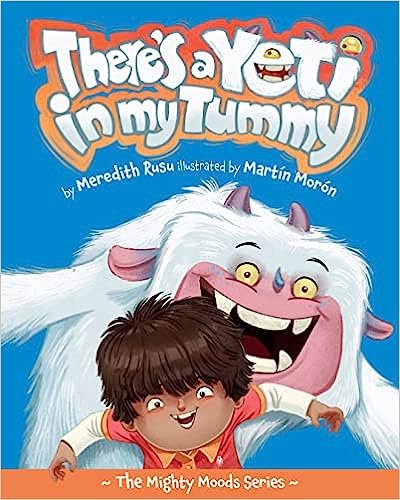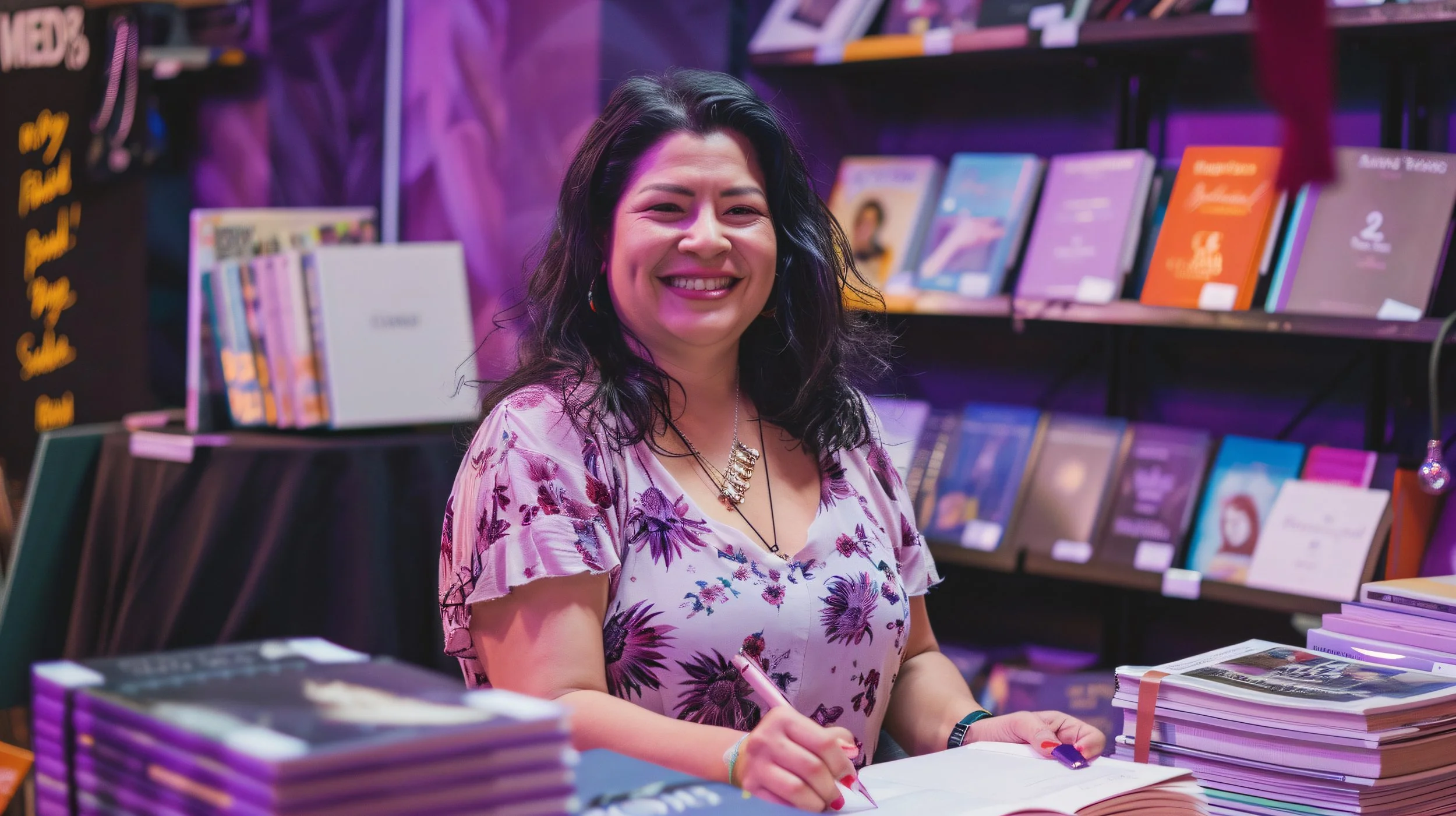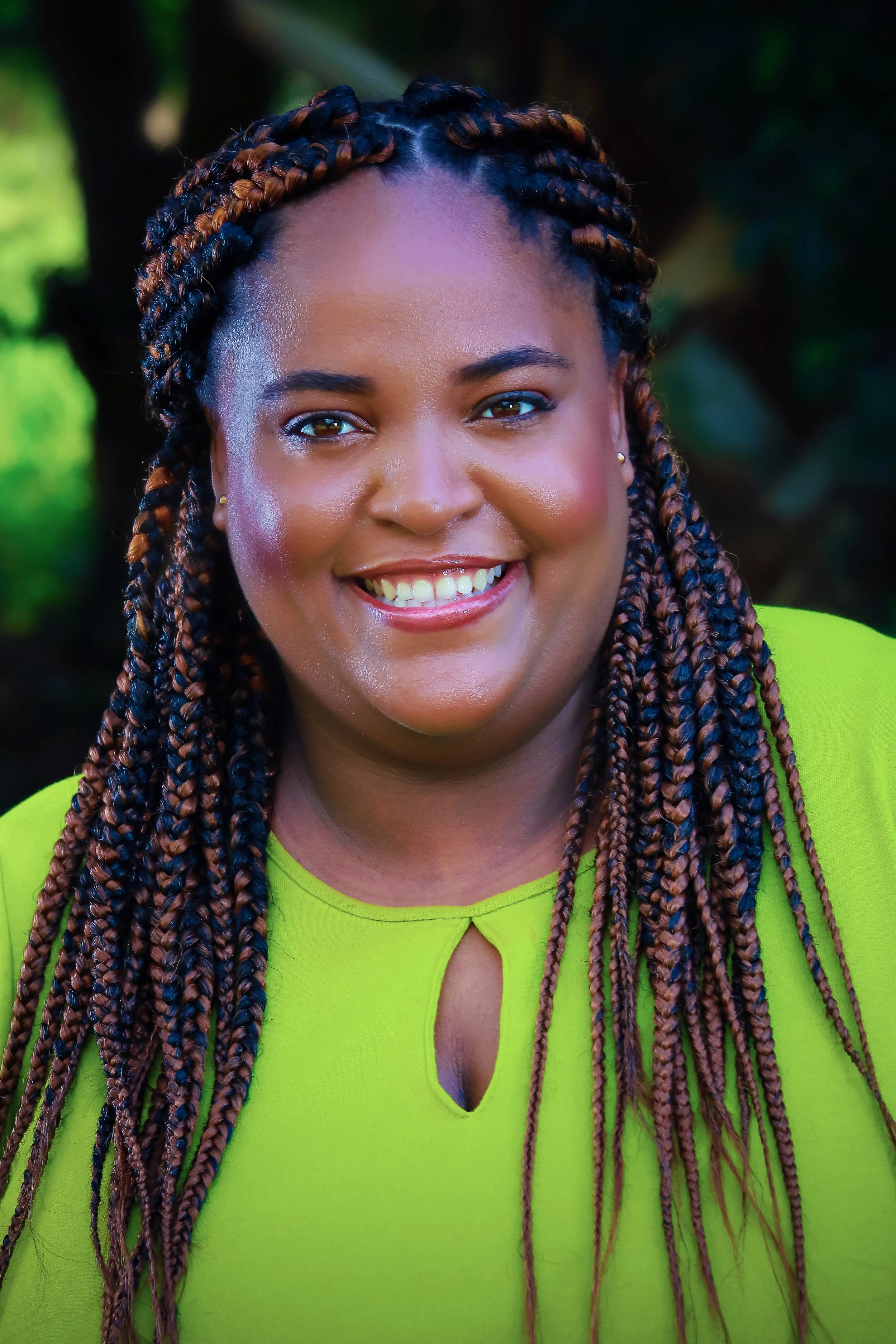What kind of research did you have to do for Don't Read the Comments?
There were some small bits of research that went into certain parts of Don’t Read the Comments. Like when I was talking about Hoboken and sections of Jersey City, as I’d been living in Virginia for a while and well, it’d been a minute since I visited towns near my home.
The big pieces of research came into play when I had to go into the streaming world and the landscape of the video game. Reclaim the Sun… well, a game like that doesn’t quite exist yet, though we’re almost there. And streaming an MMORPG / virtual reality combo game would present some significant challenges.
So I had to fiddle around the mechanics of how that would work, introduced a co-streamer, and took some liberties with how that would work. But in order to break some rules, you have to know them, so I watched a number of streamers, talked to my friends who actually stream, as well as friends (and family!) who are avid Let’s Play viewers.
I’m also lucky enough to know a number of people in the video game industry and streaming world. I shared the novel with them, to make sure the world felt real.
I also spent some time digging around in classic MMORPG games, but I can’t say much else there without ruining something about the book. :-) But I did my homework regarding that particular storyline.
So yeah! A mix of reading and watching, as well as talking to people in the actual industry, helped in a big way while writing and editing Don’t Read the Comments.
Was it easier to write Divya or Aaron's POV? Was one more challenging than the other?
Aaron’s was by far the easiest for me. There’s a lot of me in his character. I scrounged for discarded computers in my neighborhood’s trash growing up, built my own monster PC. I had daydreams of writing games, which eventually morphed into books… though I still think about one day writing an RPG. Someday! He’s a well meaning goof, eager to learn, just trying to figure it all out.
Divya’s was definitely the hardest. She’s resilient. Determined. She fights. Her character was the furthest from me, and I spent so much time trying to get her right. A lot of what you find in Divya, you can find in some of my closest friends, who are all just as bold and courageous as she is through the story.
That didn’t make her any easier to write, but it made me want to spend time with her character more.
There’s some writing advice for you right there. If you want characters your reader will fall in love with, pull inspiration from the people you love.
Is Reclaim the Sun based on an existing video game? As in, where can I find a game like that I can play?
Hah! Oh, how I wish. Reclaim the Sun is definitely a mashup of several games. The exploration pulls from games like No Man’s Sky, the guilds and channels and teams come from World of Warcraft, and the economics are inspired partly from games like Eve Online. As for the VR, that’s mostly inspired from the games I’ve played on my own Oculus.
It throws together a lot of what I love about those kind of games, just without a real storyline. If I had to make Reclaim the Sun, it might be a little more like Mass Effect.
So if you want to play a game that feels like Reclaim… maybe just out No Man’s Sky and those other games I mentioned. And if you want space exploration with a good story, Mass Effect is about to become your best friend. Play the trilogy. You’ll thank me later.
Did Divya or Aaron change considerably from draft one to the finished book?
So the original draft of Don’t Read the Comments was maybe… 30,000 words shorter? SHORTER. It was a smaller book. So out of all the characters, I think Aaron changed the most. His motivations, his friends, just the world around him and the pressures he was feeling from his family. A lot of that was pulled into the revised version of the novel.
And that’s what a good editor will do. They won’t just polish your book. They’ll help pull the rest of the story out of you.
I’d always wanted Divya to be tough, so she didn’t change that much. But their relationship and the way the two of them connected changed a lot. Showing more warmth between the characters. There are some moments in the book that weren’t in the original, and I can’t even fathom the novel without them now.
Who is your favorite side character? Ryan is currently occupying a soft spot in my heart.
Hah! That makes me so happy. Ryan’s heavily based on a very dear friend of mine, so I’m glad you love him as much as I do. He’s probably my favorite as well. He’s quick to point out Aaron’s occasionally problematic behavior, in a way that’s gentle, because he wants his friend to be better. We should all be so lucky to have friends like that. Who aren’t afraid to call you out.
What inspired you to write Don't Read the Comments?
A mix of things, really. Me and my wife had moved away from Philadelphia for a while, and suddenly all of my friends became virtual. It was taking a while to find my people and a community. At the same time, a big wave of harassment against women, people of color, and the LGBTQ+ community was rising in the video game space, particularly against people creating and writing about games. I had friends who’d become targets.
I couldn’t shake the feeling of… what would it be like, to have a space that felt safe for me, where all my people were, taken away by others who just felt as though I didn’t deserve to be there, because I was different from them?
I’d experienced my share of racism and harassment in digital (and physical) spaces growing up, and wanted to tell a story about fighting back, and being an ally.
Would you ever consider streaming yourself playing video games?
Alas, probably not.
I do love video games. So much. I play a ton of them. But, I’m… (whispers) actually kind of bad at them? I know! I play all my favorite games on easy and just love getting through the story. I get destroyed playing online competitive games like Halo or Starcraft, but do it anyway for laughs. I think all of my losses are just for me, sorry friends.
Right now I’m playing Borderlands 3 and absolutely loving it, the humor and the wild weapons and story… but whew, I keep dying a lot. Not sure anyone wants to see that.
What’s next for you in terms of upcoming projects?
There are a few fun things on the horizon! I co-wrote a YA novel with romance author Summer Heacock called Origin Story, which should be out in 2021. I also co-edited an anthology called Battle of the Bands with my dear friend and YA author Lauren Gibaldi, that will also be out in 2021. It will be… a busy time.
You can also catch an essay by me in Kelly Jensen’s upcoming YA non-fiction collection, Body Talk, later this year. I talk about my time in a Broadway musical. No really. I was in one as a kid.
